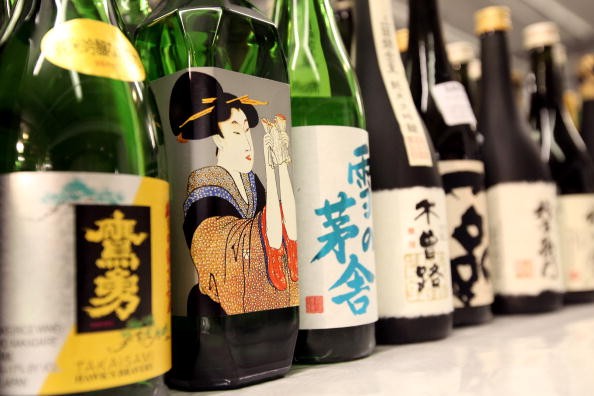There has been an increase of fake wines in the market in the recent years, and it does not only occur at the top end of the market because several discoveries of fraudulent wines even at small independent stores. This is the reason why fraud investigations remain a frequent occurrence.
No one wants to be disappointed with the wines and spirits they purchase. In order to avoid fake wines, be vigilant about the provenance of the wines and the source, according to Forbes.
Chai Consulting's Maureen Downey and Siobhan Turner recently give a seminar on the buying wines, according to Decanter. Here are the important things to watch out for:
1. Check the label color. Over the years, paper has certainly evolved and changed with the so-called "ultrawhite" as a formula introduced in 1957. Under the blue light, this paper fluoresces and when you have an ultrawhite label on the bottle of wine, chances are it is fake.
2. Read the small print. Most of the fine wines use a plate press and what you need to look for is the color separation from a three color screen process, or squared edges from a dot matrix. You can easily see the difference because they should be glaring.
3. It shows its age. Most fake wines try to fake their age by using certain techniques to stain the shiny new label. They use stain from tobacco, dirt from shellac and some even show an underlying label under close examination.
4. Glue stains. If you can find glue stains around the label edges, it means it can be suspicious. You can check it because just like the ultrawhite, it fluoresces under the blue light.
5. Corks. Bordeaux corks are branded and are usually 52-55mm in length. They are also not inked.



























